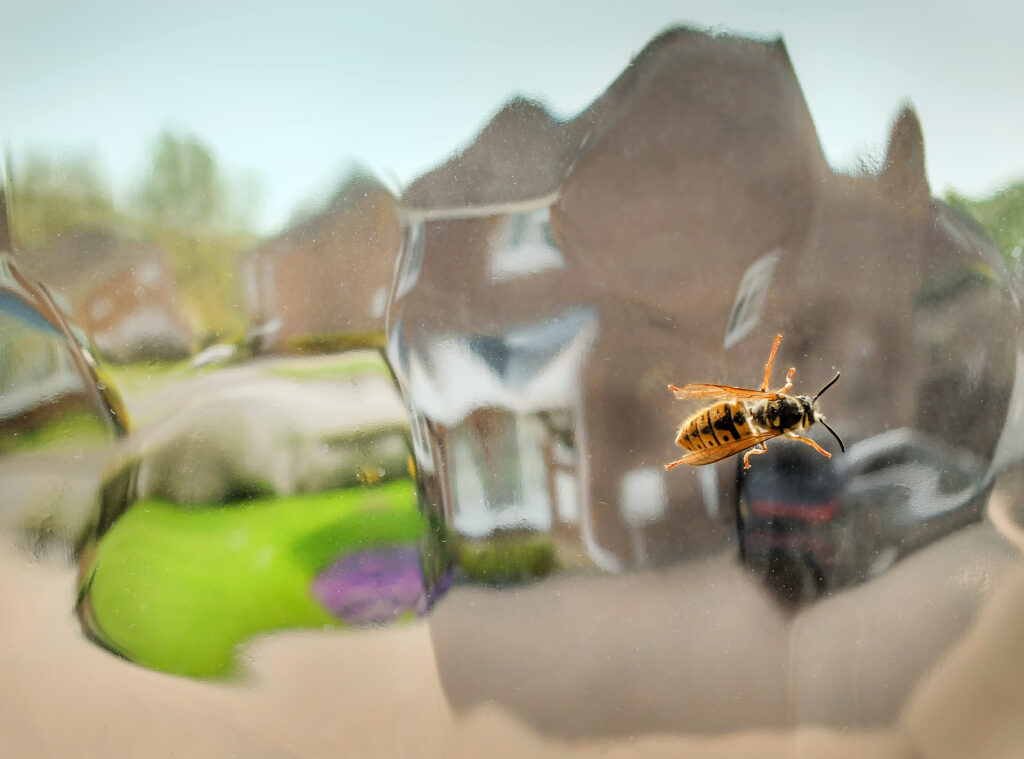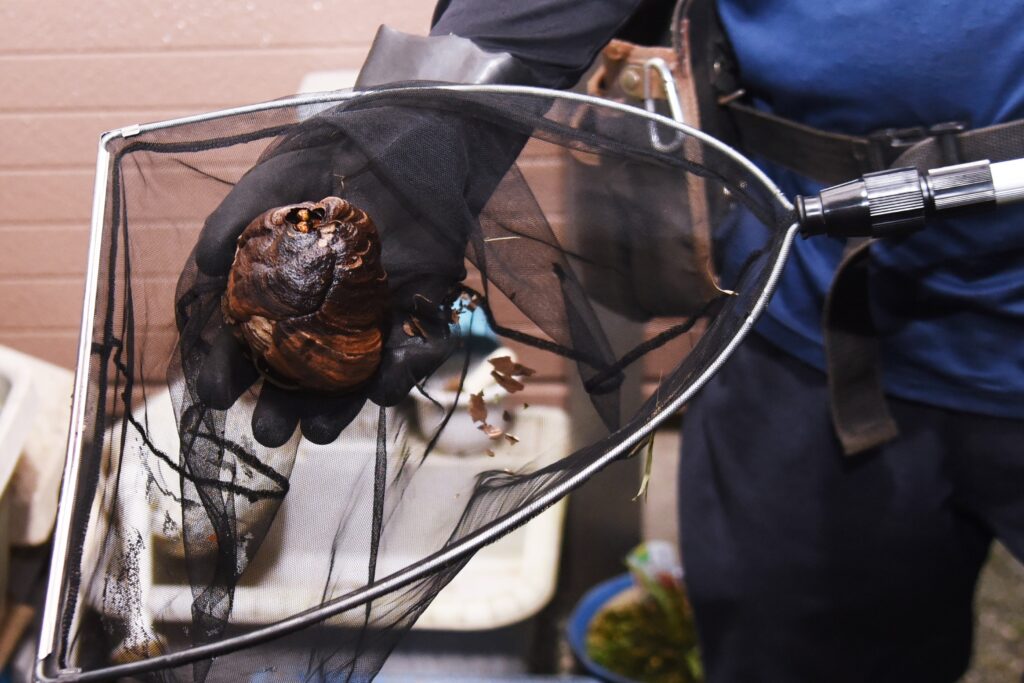How to Get a Wasp Out of Your House Safely
Finding a wasp buzzing around your kitchen or living room is unsettling. While your first instinct may be to swat or spray, wasps are quick to sting when threatened. Knowing how to get a wasp out of your house calmly and effectively protects both you and the insect from unnecessary harm. At the same time, it helps to understand what solutions work and why common DIY methods, like using a wasp bomb, may not be the answer.
Why Wasps Wander Indoors
Wasps don’t set out to live in your home. A lone insect may slip inside through an open door or window, follow the scent of food, or enter accidentally while exploring for nest sites. Certain regions experience different wasp pressures depending on climate. For example, wasps in Michigan behave differently from wasps in Arizona because temperature and habitat affect their nesting habits and activity levels.
Steps to Safely Remove a Wasp Indoors

In English Spring,wasp season starts about now in the uk,and they appear seemingly from nowhere. I opened the window to free the critter.
Stay Calm. A startled wasp is more likely to sting. Keep pets and children out of the area.
Open an Exit. If possible, close off other rooms and open a nearby door or window. Wasps are naturally drawn toward light and fresh air, and many will fly out on their own.
Guide, Don’t Swat. Use a container and a stiff piece of paper to trap the wasp gently and release it outside. This simple method prevents stings and avoids escalating the situation.
Check for Nests. If wasps are appearing inside regularly, it may be a sign of a nest nearby. Species like paper wasps often build under eaves or in attic spaces. Learn more about these insects in our guide to aerial and paper nesting wasps.
Why Wasp Bombs Don’t Work Indoors
Some homeowners turn to wasp bombs or foggers, thinking they’ll wipe out the problem. Unfortunately, these products rarely provide the quick fix they promise. Foggers release a pesticide mist into open air, but wasps often nest in hidden voids, wall cavities, or outside structures where the mist doesn’t reach.
Even worse, using a wasp bomb inside your home can pose risks to people, pets, and property. Residue may settle on surfaces, and the chemicals can irritate lungs. Instead of solving the problem, you could be creating a hazardous environment. If you suspect a nest inside your walls or attic, a professional pest control service is the safest solution.
Understanding Wasp Behavior Helps
Knowing a little about how wasps live makes removal easier. Most workers survive only a few weeks, while queens can live months to a year. Colonies shift in behavior across the seasons, which is why activity inside homes often spikes late in summer. For a deeper dive into their life cycle, see our resource on the lifespan of a wasp. You can also explore our complete pest library entry on wasps to identify the type of wasp you are dealing with.
When to Call for Professional Help

Removing a single wasp from your home is one thing. But if you spot several indoors, hear buzzing in the walls, or see heavy activity near rooflines, a nest may be close by. Because wasps defend their colonies aggressively, professional treatment is often the safest choice. Trained technicians can identify the species, locate the nest, and use targeted solutions that work without putting your household at risk.

